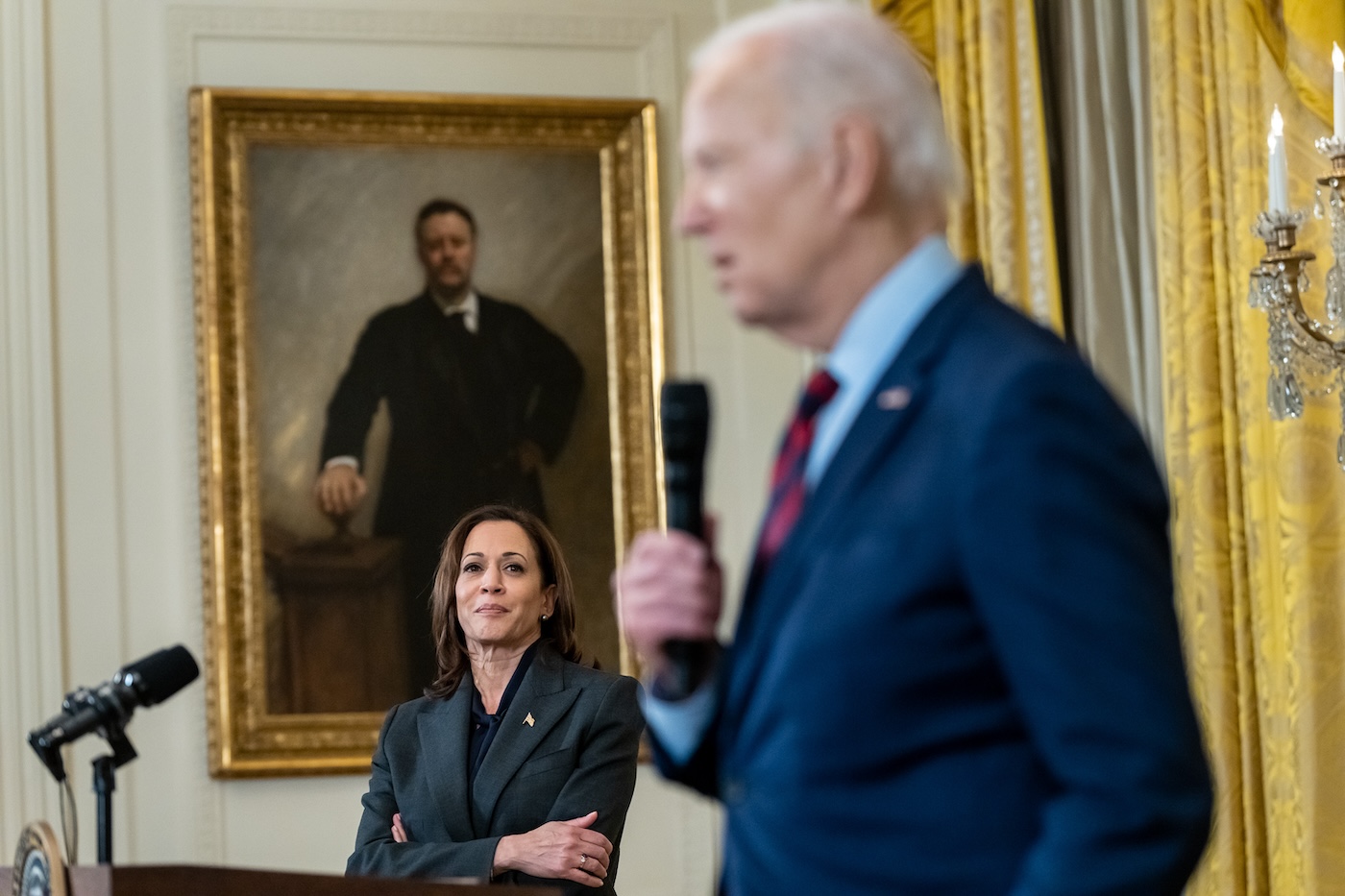Unexpected bellwether? Polish Americans tend to predict presidential election outcome – Washington Examiner
The article discusses the significant role of the Polish American community as a predictive bellwether in U.S. presidential elections. Since 1916, Polish Americans have voted for the eventual presidential winner in all but three elections, boasting an impressive success rate of 89%. With a population of approximately 8 to 10 million, Polish Americans represent a considerable segment of the electorate, particularly in swing states like Pennsylvania.
The community’s voting patterns are highly dynamic, often shifting by large margins from one election to the next, influenced strongly by candidates’ stances on Poland and its interests. For example, Polish Americans largely supported Republican Donald Trump in 2016 but shifted their allegiance to Democrat Joe Biden in 2020, partly due to Biden’s Polish heritage and Catholic background.
Historically, Polish Americans have played a vital role in U.S. politics since the early 20th century, with their voting preferences shaped by key issues such as national pride and the welfare of their homeland. Notably, the article also highlights Vice President Kamala Harris’s recent acknowledgment of the community during a debate.
The Polish American vote has evolved over the decades, with significant shifts in loyalty driven by candidates’ policies and attitudes towards Poland. They’ve supported both parties at different times, making them a crucial demographic in the electoral landscape.
Unexpected bellwether? Polish Americans tend to predict presidential election outcome
One of the most unexpected bellwethers in the United States is the Polish American community, which has correctly chosen almost every president since Woodrow Wilson.
Since choosing Wilson in 1916, the Polish American vote has sided with the eventual presidential election winner in all but three votes, giving them an 89% success rate. The vote is highly volatile, frequently switching by double digits to choose another party in the next election. It frequently hinges on the president’s approach toward Poland proper.
The Polish American population stands at around 8 million to 10 million, 2.5% to 3.2% of the U.S. population, the largest Slavic community in the U.S. There are almost 2 million Poles across three swing states, including 800,000 in Pennsylvania.
Vice President Kamala Harris called attention to the group during the presidential debate, when she directly called out the 800,000 Polish Pennsylvanians and claimed Russia would invade Poland if Ukraine wasn’t properly supported.
Notably, in 2016, Poles sided overwhelmingly with Republican Donald Trump, then flipped by over 10 points to support Democrat Joe Biden in 2020, likely due to his ethnic roots and being the second Catholic president.
Harris’s move is just the latest in the long-running role of Poles in elections, who have played a major role since 1916.
The biggest wave of Polish immigrants came to the U.S. between the Civil War and World War I, well after Poland had been divided between Russia, Austria, and Prussia in the Partitions of Poland. They set up a large presence in Chicago.
Polish Americans were first attracted to the Democrats in 1916 over Wilson’s promotion of nationalism in Central Europe, proving instrumental in the creation of the Republic of Poland. Poland itself declared a national day of mourning after his death.
Despite the Democrats’ advocacy for Poland, many Poles were angry with the provision of minority protections imposed on Poland by the U.S. and the international community, resulting in them decisively flipping to Republican Warren Harding, momentum that continued to Calvin Coolidge.
Loyalty to their ethnic homeland once again played a decisive role in 1928, when Poles became the only major white ethnic group to go decisively for Republican Herbert Hoover due to his role in saving Poland from famine as head of the American Relief Association in the aftermath of World War I.
Poles were among the wide majority of people who voted overwhelmingly for Franklin D. Roosevelt in all four elections, unaware of the extent of his cooperation with Soviet leader Josef Stalin and their postwar plans for Poland. Their support was buoyed in the latter two elections by Roosevelt’s public stance against Nazi Germany and in support of Poland, which had been crushed by the 1940 election for his third term.
Though siding with Truman in 1948, bitterness over the betrayal of Poland at the Yalta Conference resulted in Poles overwhelmingly flipping to the Republican Dwight D. Eisenhower in 1952. This support waned by 1956, when the Polish American vote was granted its first loss, siding narrowly with Democrat Adlai Stevenson.
Poles flocked overwhelmingly to John F. Kennedy in 1960, the first Catholic president. They also overwhelmingly sided with his successor, Lyndon B. Johnson, in 1964.
The group’s second loss came in 1968, when Poles, incensed by Republican Richard Nixon’s running mate’s use of the slur “Polack,” sided with Democrat Hubert Humphrey. Despite this, they gleefully joined Nixon’s “Silent Majority” in 1972, narrowly taking part in Nixon’s landslide victory.
In a classic campaign blunder, Republican Gerald Ford said that “there is no Soviet domination in Eastern Europe,” enraging Poles and other Eastern Europeans and sending them into winner Democratic Jimmy Carter’s arms. They sided again with Carter in 1980, resulting in their last unsuccessful vote.
" Conservative News Daily does not always share or support the views and opinions expressed here; they are just those of the writer."




